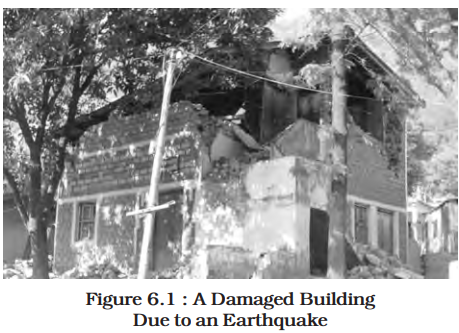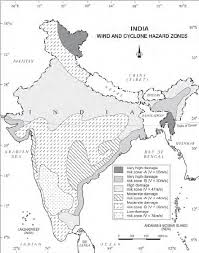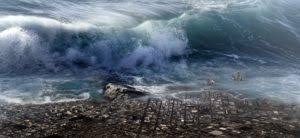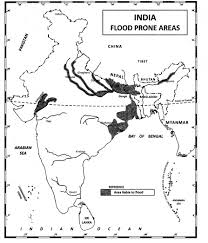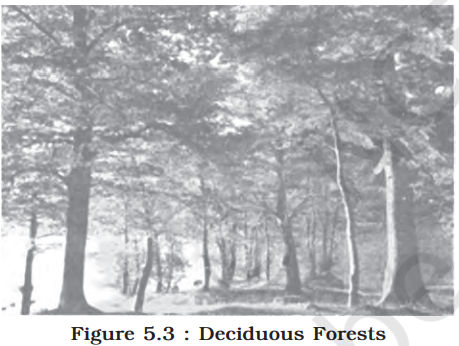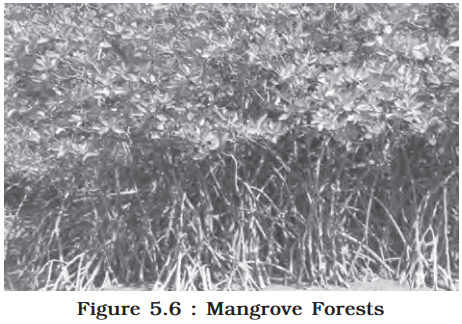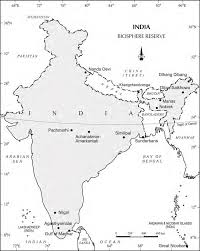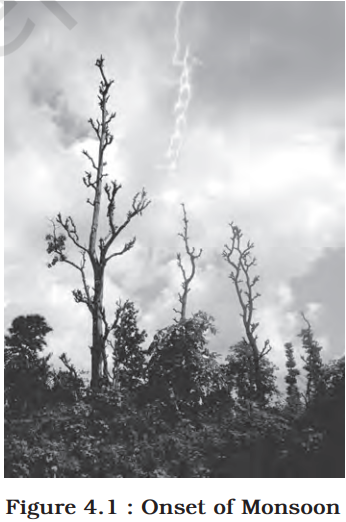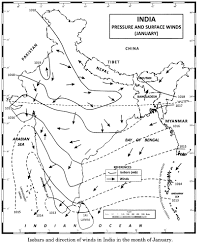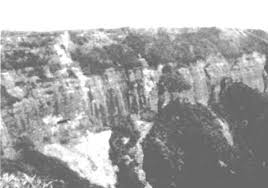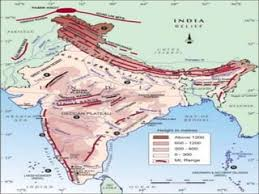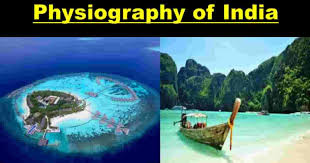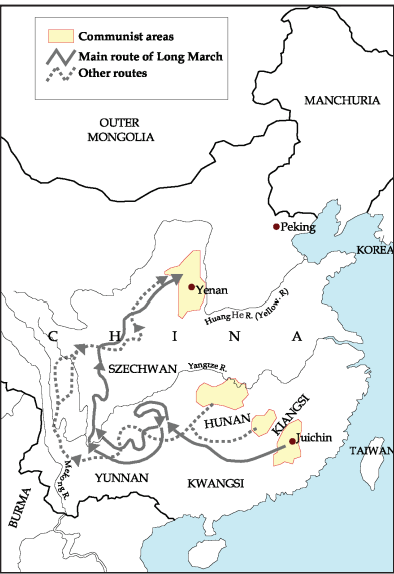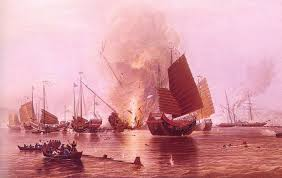Interior of the Earth – Complete Guide For Class 11 Geography Chapter 3
Welcome to iPrep, your Learning Super App. Our learning resources for the chapter, Interior of the Earth in Geography for Class 11th are designed to ensure that you grasp this concept with clarity and perfection. Whether you’re studying for an upcoming exam or strengthening your concepts, our engaging animated videos, practice questions and notes offer you the best of integrated learning with interesting explanations and examples.
This chapter explores the structure and composition of the Earth’s interior, drawing on various sources of information to understand the layers beneath the surface. It examines the characteristics of the crust, mantle, and core, as well as the phenomena of earthquakes and volcanoes.
The Earth’s interior is a vast and mysterious realm, hidden beneath the surface. This chapter delves into the methods used to study the Earth’s interior and the knowledge we have gained about its structure and composition.
Objectives of Learning The Chapter – Interior Of The Earth
Now that we have explored the importance of the chapter, let’s outline the objectives of studying it.
- To understand the different sources of information about the Earth’s interior.
- To explore the structure and composition of the Earth’s crust, mantle, and core.
- To analyze the phenomena of earthquakes and volcanoes.
- To examine the effects of earthquakes and volcanic activity.
Now let’s explore the various sections of the chapter.
Firstly, to understand how we gather knowledge about the Earth’s interior, let’s delve into the section on Sources of Information About the Interior of the chapter Interior of the Earth.
Sources of Information About the Interior
Scientists use a variety of methods to study the Earth’s interior, including direct and indirect sources.
- Direct Sources
- Direct sources of information include samples of rocks and minerals from the Earth’s crust.
- Indirect Sources
- Indirect sources include seismic waves, magnetic field measurements, and gravitational anomalies.
Now, to understand the phenomenon of earthquakes, let’s delve into the section on Earthquakes in the chapter Interior of the Earth.
Earthquake
Earthquakes are caused by the sudden release of energy stored in the Earth’s crust.
Earthquake Waves
- Primary Waves (P-Waves): These are the fastest seismic waves and can travel through both solid and liquid layers of the Earth.
- Secondary Waves (S-Waves): These waves are slower than P-waves and can only move through solid materials.
- Surface Waves: These are the slowest but most destructive waves, traveling along the Earth’s surface.

Propagation of Earthquake Waves
- Refraction and Reflection: Seismic waves change direction when they pass through different layers, providing information about the Earth’s interior.
- Velocity Changes: Variations in wave velocity help determine the properties of different layers.
Emergence of Shadow Zone
- Shadow Zone: A region on the Earth’s surface where seismic waves are not detected, indicating the presence of different materials in the Earth’s interior.

Types of Earthquakes
- Tectonic Earthquakes: Caused by the movement of tectonic plates.
- Volcanic Earthquakes: Associated with volcanic activity.
- Collapse Earthquakes: Result from the collapse of underground caverns or mines.
- Explosion Earthquakes: Caused by man-made explosions.
Measuring Earthquakes
- Richter Scale: Measures the magnitude of an earthquake.
- Mercalli Intensity Scale: Assesses the intensity based on observed effects.
Now, to understand the impact of earthquakes, let’s explore the section on the Effects of Earthquake in the chapter Interior of the Earth.
Effects of Earthquake
Earthquakes can have devastating consequences, including loss of life, property damage, and infrastructure disruption. Some of the effects include:
Surface Rupture: The breaking of the Earth’s surface along a fault line.
Ground Shaking: The most common effect, causing structural damage.
Tsunamis: Large sea waves generated by underwater earthquakes.
Landslides: Earthquakes can trigger landslides, especially in hilly regions.

Frequency of Earthquake Occurrences
- Global Distribution: Earthquakes are more frequent along tectonic plate boundaries.
- Seismic Zones in India: The chapter also highlights regions in India prone to earthquakes.
Now, in order to understand the layers of the Earth, let’s delve into the section on the Structure of the Earth in the chapter Interior of the Earth.
Structure of the Earth
The Earth is composed of three main layers: the crust, the mantle, and the core.
The Crust
- Oceanic Crust: Thinner and denser, primarily composed of basalt.
- Continental Crust: Thicker and less dense, composed mainly of granite.
The Mantle
- Upper Mantle: Extends below the crust and is composed of silicate minerals.
- Lower Mantle: More rigid due to high pressure, composed of magnesium and iron silicates.
The Core
- Outer Core: Liquid, composed mainly of iron and nickel.
- Inner Core: Solid, with a similar composition to the outer core.

Now, to delve deeper into volcanic activity, let’s explore the section on Volcanoes and Volcanic Landforms in the chapter Interior of the Earth.
Volcanoes and Volcanic Landforms
Volcanoes are openings in the Earth’s crust through which magma erupts.
Volcanoes
- Shield Volcanoes: Large, broad volcanoes with gentle slopes, formed by the eruption of low-viscosity lava.
- Composite Volcanoes: Also known as stratovolcanoes, they have steep slopes and are formed by alternating layers of lava and ash.
- Caldera: A large volcanic crater formed by the collapse of a volcano after an eruption.
- Flood Basalt Provinces: Large areas covered by basaltic lava flows.
- Mid-Ocean Ridge Volcanoes: Volcanoes that form along mid-ocean ridges where tectonic plates are diverging.

Shield Volcano


Volcanic Landforms
- Intrusive Forms: Formations created when magma solidifies below the Earth’s surface.
- Batholiths: Large, deep-seated intrusive bodies.
- Lacoliths: Dome-shaped intrusions that cause the overlying rock to bulge.
- Lapolith, Phacolith, and Sills: Smaller intrusive formations with different shapes.
- Dykes: Vertical intrusions that cut across existing rock layers.

Finally, as we have gained comprehensive knowledge about the chapter Interior of the Earth, let’s reflect on the overall learning value of this important lesson.
Overall Learning Value
The Earth’s interior is a complex and dynamic system that has been shaped by geological processes over billions of years. Understanding the structure and composition of the Earth’s interior is essential for understanding the forces that drive earthquakes, volcanoes, and other natural phenomena.
Practice questions on Chapter 3 - Interior Of The Earth
Get your free Chapter 3 - Interior Of The Earth practice quiz of 20+ questions & detailed solutions
Practice Now











